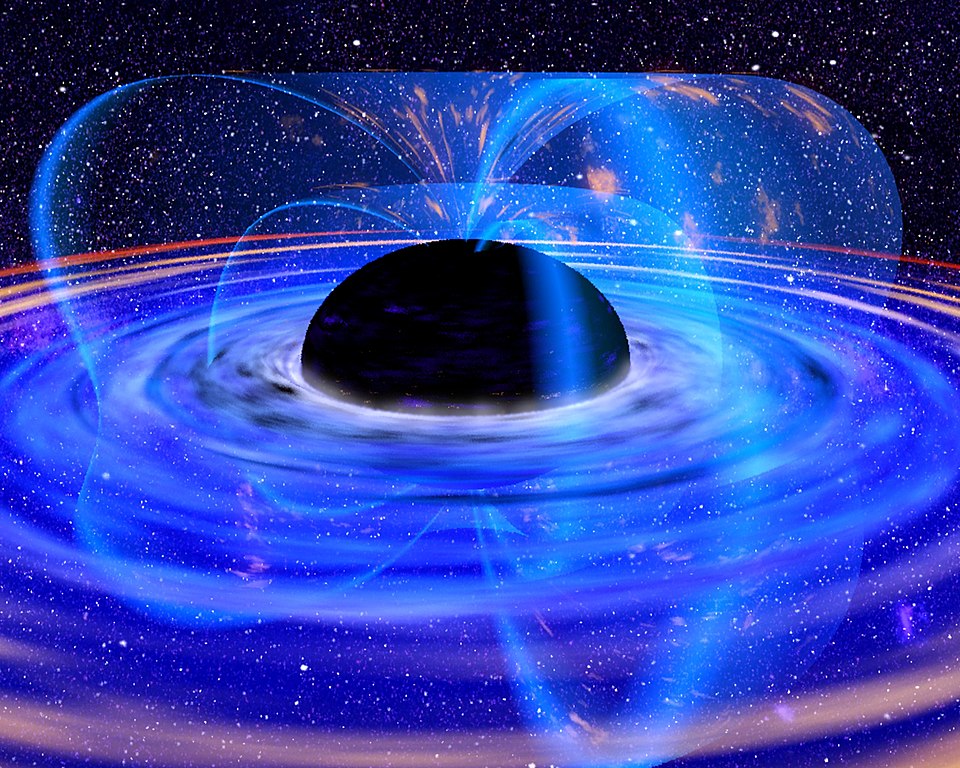Antarctica’s Green Explosion: A 1,000% Increase in 40 Years
A new study published in Nature Geoscience reveals a startling trend: Antarctica’s green cover has increased by a staggering 1,000% in just 40 years. This unprecedented shift is directly linked to rising global temperatures, raising concerns about the far-reaching implications for this fragile ecosystem.
The research, conducted by scientists from the University of Exeter and the British Antarctic Survey, analyzed satellite images from 1986 to 2021 to track changes in vegetation across the Antarctic Peninsula. They discovered that the area covered by mosses and other plants expanded from less than 1 square kilometer in 1986 to nearly 12 square kilometers in 2021.
Accelerating Greening: A Sign of Intensifying Warming
The rate of greening has also accelerated in recent years, with the most significant growth occurring between 2016 and 2021. This suggests that the warming trend in Antarctica is intensifying, and the resulting landscape changes are likely to become even more pronounced in the future.
The Dual Nature of Antarctica’s Greening: Pros and Cons
The greening of Antarctica is a complex phenomenon with both positive and negative consequences. On one hand, increased plant cover could improve soil stability and reduce erosion. Additionally, plants can absorb carbon dioxide from the atmosphere, potentially helping to mitigate the effects of climate change.
However, the introduction of new plant species to Antarctica also carries risks. Invasive species could outcompete native plants, disrupting the delicate ecological balance of the region. Furthermore, changes in vegetation could alter habitats for animals and other organisms dependent on the Antarctic environment.
The Urgent Call for Climate Action
The findings of this study highlight the urgent need to address climate change. If global temperatures continue to rise, Antarctica could experience even more dramatic transformations in the coming decades, with far-reaching consequences for the entire planet. Antarctica plays a crucial role in regulating Earth’s climate, making these changes particularly alarming.







